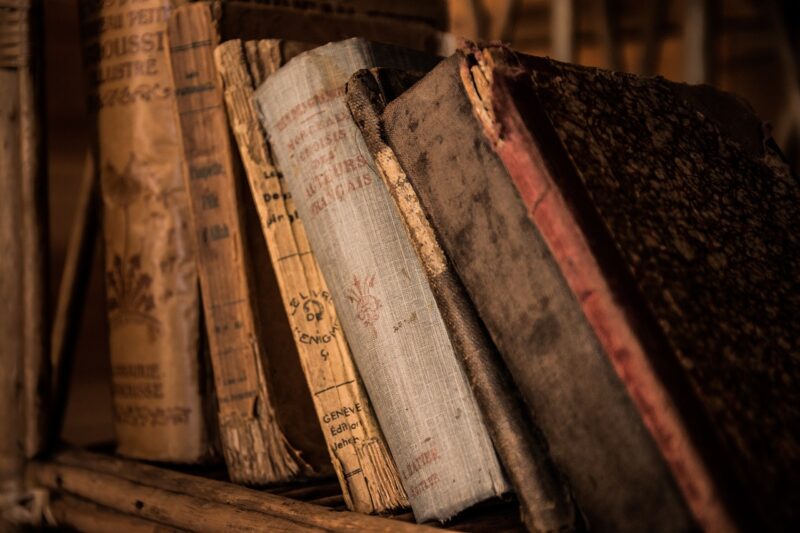The Dark Side of Superheroes: Exploring Villains Who Used to Be Heroes
November 14, 2024

In the vast realm of comic book narratives and superhero storytelling, heroes are often celebrated for their virtues, bravery, and selflessness. However, lurking within the shadows of these heroic tales are complex characters who once wore the cape but eventually turned to a darker path: the villains who used to be heroes. These characters often grapple with moral dilemmas and tragic backstories, giving them a unique place in the superhero canon. In this article, we will delve into the gripping stories of these characters, exploring their transformations, motivations, and the lessons we can learn from their journeys.
1. The Complexity of Morality in Superhero Narratives
Before we dive into the stories of specific characters, it’s essential to understand the concept of morality in superhero narratives. Superheroes are often depicted in black-and-white terms, labeled as either good or evil. However, reality is rarely that simple. Many heroes face challenges that test their morals and values, leading to choices that can veer them into villainy.
For instance, a character might start with altruistic intentions—fighting crime and injustice—but through trauma, manipulation, or overwhelming power, they might lose sight of their heroic values. The complexity of these characters highlights a fundamental truth: even the noblest of individuals can fall from grace.
2. Notable Examples of Heroes Turned Villains
These characters resonate with readers, providing compelling narratives that explore the fragility of heroism:
- Green Lantern (Hal Jordan): Once hailed as one of the greatest Green Lanterns of all time, Hal Jordan became a villainous figure known as Parallax. Following a devastating loss and feelings of inadequacy, he fell into despair and sought to reshape the universe according to his vision, leading to catastrophic consequences.
- Wonder Woman (Circe): Although not a typical hero-villain transformation, Circe’s historical portrayal has seen her go from a powerful ally of heroes to one of their fiercest adversaries. Her backstory is rooted in betrayal and vengeance, showcasing how external circumstances can twist a hero’s trajectory.
- Hawkeye (Clint Barton): In the Marvel Universe, Clint Barton’s journey from hero to an anti-hero often involves periods of grief and trauma. His struggle with the loss of loved ones pushes him toward morally ambiguous decisions, highlighting the pain that can lead even the strongest to compromise their ideals.
- Magneto (Erik Lensherr): Perhaps one of the most distinguished characters in the X-Men franchise, Magneto began as a hero fighting for mutant rights. However, his traumatic experiences during the Holocaust led him to adopt a more extremist view, believing that mutants were superior to humans. His transition from heroism to often ruthless villainy showcases the impact of systematic oppression on an individual’s psyche.
- Catwoman (Selina Kyle): Initially introduced as a thief and antagonist to Batman, Catwoman’s story is layered with complexity. Her transitions between hero and villain status highlight the blurred lines of morality, as she often aligns with heroic intentions despite her criminal actions, leading to unique dynamics with her former adversaries.
Each of these characters offers a rich tapestry of motives and circumstances leading to their paths as villains, providing depth and relatability that resonates with audiences.
3. The Catalyst of Change: What Drives Heroes to Villainy?
Several underlying themes contribute to these transformations:
- Loss and Grief: The death of close friends or loved ones can shatter a hero’s resolve. Characters like Green Lantern showcase how grief can lead to a quest for power or control, ultimately resulting in a fall from grace.
- Manipulation and Betrayal: Many heroes have succumbed to external manipulation. A prime example is Circe, whose betrayal transforms her into a villain, demonstrating how trust can be weaponized.
- Power and Corruption: The adage “absolute power corrupts absolutely” rings true in many narratives. Characters like Hal Jordan demonstrate that an insatiable thirst for power can lead once-heroic characters down a dark path, influenced by the allure of control over the chaotic world around them.
- Ideological Differences: Some heroes, such as Magneto, continue to believe that their vision—rooted in protecting their kind—justifies their villainous actions. This ideological shift prompts readers to question the nature of good and evil.
Understanding these catalysts enriches the reader’s comprehension of moral complexity within superhero narratives. Instead of viewing them solely as villains, we can see their struggles representing humanity’s conflicting desires for justice and survival.
4. The Impact of Heroes Turned Villains on Popular Culture
The stories of heroes who have turned to villainy resonate deeply with audiences not only within comic books but also across various media:
- Film Adaptations: Many superhero films have embraced complex character arcs, presenting antagonists with intricate backgrounds. Movies like “Logan” and “X-Men: Days of Future Past” dive into the motivations behind characters like Wolverine and Magneto, further elaborating their journeys from hero to anti-hero.
- Literature and Screenwriting: The exploration of flawed characters who once stood for justice has influenced many authorial choices in crafting narratives that intricately portray the fragility of moral integrity.
- Merchandising and Fandom: These complex characters often transcend their original narratives, becoming fan favorites. Heroes turned villains receive a significant amount of merchandise, showing how they capture imagination and interests within communities.
Through these cultural implications, the portrayal of these characters adds layers to the simplistic view of good versus evil, creating rich discussions surrounding morality, choice, and consequence.
5. Conclusion: Lessons from Archetypal Heroes and Villains
The journeys of heroes who become villains offer poignant lessons regarding the human experience. They serve to remind us that:
- Everyone is human: Each character embodies the ability to stumble, and recognizing their struggles allows us to empathize, making their stories relatable.
- Choices Matter: A series of choices can lead one down a darker path, emphasizing the importance of making ethical decisions even amidst hardship.
- Redemption is Possible: Many of these characters strive for redemption, and their complex narratives affirm that change is within reach, should they choose to fight against their darker instincts.
As we continue to revel in the stories of superheroes, we must understand that the lines separating heroism from villainy are often more blurred, leading to richer, more nuanced storytelling that can ignite critical conversations about morality in the real world.
Whether you’re a fan of comic books or movies, the tales of villains who were once heroes remind us that every individual has the capacity for both greatness and failure.
As we contemplate the narratives of these characters, let us also reflect on our journey, recognizing that the choices we make today can shape our paths tomorrow.








